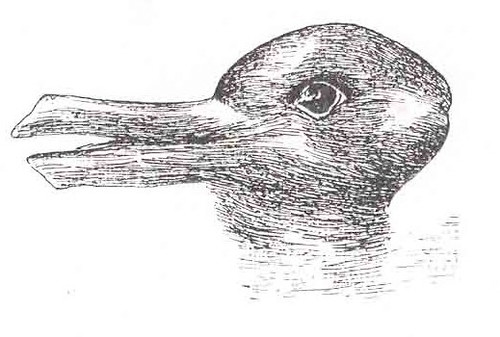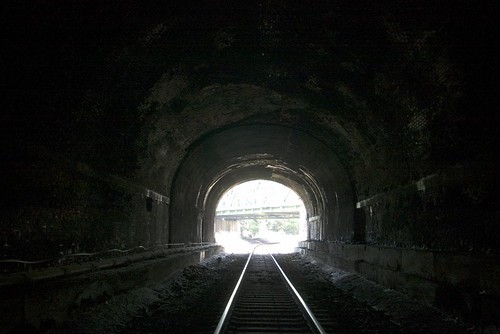Been Down So Long It Looks Like Up to Me, by Richard Fariña, 1966: “coming on like the Hallelujah Chorus done by 200 kazoo players with perfect pitch... hilarious, chilling, sexy, profound, maniacal, beautiful and outrageous all at the same time”–Thomas Pynchon.
I’m not going to try summarizing the novel. Just think about the title. What could that possibly mean? Well, I’m thinking it’s the story of my life.
Isn’t it the story of everyone’s life, up to a point, which you may not have yet arrived at, who knows?
I’ve lived under a cloud most of my adult life. The clouds, I think, are breaking up. The sun is shining through. & it’s not that the light hurts, because it doesn’t, but that it’s disorienting. I don’t know the world from this POV.
* * * * *
* * * * *
Are you familiar with the sociological concept of a reference group? It’s a group which you use as a standard for judging your behavior and accomplishments. When I got my PhD in English Literature, those people, academic literary critics, became my reference group. I started out strong, with good articles in good publications, and then that came to an end. I knew, of course, that my work was very different from standard literary criticism, and that caused problems, for me, not for them.
But I worked on literature, and they work on literature, no one else, so what choice have I had. They’re my reference group.
But maybe not. As I said yesterday, at last, someone’s interested in the technical work I did 40 years ago. And they’re not literary critics. They’re gamers.
Maybe I can stop worrying about academic literary criticism. They’re certainly not interested in my technical world, even those interested in cognitive criticism and computational criticism (two very different groups, BTW) have little use for it. And I can’t see making much headway with the descriptive folks, either. They seem more interested in theorizing description than in actually doing it. So we really don’t have anything to talk about. They’re not going to tumble to my ring-composition work. It’s actual description rather than theoretical throat-clearing in preparation for description at some later date.
So, let’s just bracket academic literary criticism for awhile. That profession is no longer a reference group for me. Let’s see if I can get somewhere with the gamers.
* * * * *
That’s one thing. And, in a way, it’s secondary. The big thing is that I think I’m finally going to be able to deliver on a task I set myself four and a half decades ago: to come to terms with, to understand, in some sense, the mechanisms underlying Coleridge’s “Kubla Khan”.
I talked about “Kubla Khan” in the presentation I delivered at HEX01 (First Workshop on the History of Expressive Systems), only a week ago today (early in the morning). At the end James Ryan, one of the organizers, asked me whether I would get back to “Kubla Khan”. I forget exactly what I said, but it was something like “maybe/I hope to/someday/yes”. That was the short answer. The long answer isn’t really that long, but it was too long to give in that context.
The long answer is that I long ago made “Kubla Khan” my touchstone, my personal reference point, my North Star. I judge my intellectual progress by what it tells me about “Kubla Khan”. So I’ve thought about the poem – and it’s relation to “This Lime-Tree Bower My Prison” – off and on for most of my adult life. I did my MA thesis on it in 1972, published an updated version of that in 1985 (“Articulate Vision: A Structuralist Reading of “Kubla Khan”), and a considerably more sophisticated account in 2003 (“Kubla Khan” and the Embodied Mind). I count that last as considerable progress, but still, a way to go with no sense of just how far or even in what direction. In 2013 I put up a working paper, STC, Poetic Form, and a Glimpse of the Mind, in which I did a comparison between “Kubla Khan” and “This Lime-Tree Bower My Prison” that was considerably more detailed and sophisticated than the one I’d published way back in MLN in 1981, “Metaphoric and Metonymic Invariance: Two Examples from Coleridge” (obviously, my first formal publication on “Kubla Khan”). So, I’ve been through the poem five times in my career, including my unpublished master’s thesis. And, yes, to answer Ryan’s question, I hope to get to it again. But just when, I don’t know.
Well, a day or two later I got back to it. And I’ve declared the problem to be solved. Of course, there’s something of a gap between the declaration and the actual solution. I know that. And it’s not so much the solution that I’m after, but a sure sense of the terms in which a solution is likely to be found. That’s where I’m at.
It’s not as though I’d gotten a new piece of information that allowed me to declare the puzzle to be, if not solved, solvable. It’s rather that, prompted by Ryan’s interest, I simply decided that somehow I had everything I needed to have in order to solve the problem and it was up to me to rearrange things. It’s the old Gestalt switch:
As long as I’m looking at a rabbit, the problem seems intractable. But if I’m looking at a duck, well, I can do something with that. So that’s what I’ve been doing for the last few days, rearranging the pieces I’ve already got so they look like a duck.
Here’s how I formulated the key idea this morning:
There are two ways the MIND computes MEANING over strings of words: composition and convolution, perhaps corresponding to the rhetorical figures metonymy and metaphor as explicated by Roman Jakobson.
“Kubla Khan” achieves its result through convolution while “This Lime-Tree Bower My Prison” does so through composition. My immediate task, then, is to rework the material in that working paper, STC, Poetic Form, and a Glimpse of the Mind, in view of this idea. It’s not completely obvious that I can do it, the job isn’t over until it’s been done, but I feel pretty good about it. That’s my main task for the next few days.
Once that’s done, then what? THAT’s the change I was talking about at the beginning of this post, the at-long-last sense of light at the end of the tunnel. If indeed I can come up out of the dark, how do I navigate in the light? Where do I go? What do I do?
There’s three, maybe four academic books. The Coleridge book obviously has the highest priority. That’s the book in which I recount my work on “Kubla Khan” and “This Lime-Tree Bower My Prison”, add in the other Conversation Poems (there are only 3 or 4 and I don’t have to do them in the detail I’ve done KK and LTB), and tie it all together (ONE). Then there’s a ring-composition book (TWO), a cultural evolution book (which is rather different from the first two, THREE) and possibly a general book on literary theory, something that elaborates on Literary Morphology: Nine Propositions in a Naturalist Theory of Form (2006, FOUR).
Then there’s The Bergen Arches Project, which feels like a 10-year commitment, and is looking strong at the moment.
Looks like I’ve got a hell of a decade ahead of me.
Later.


No comments:
Post a Comment